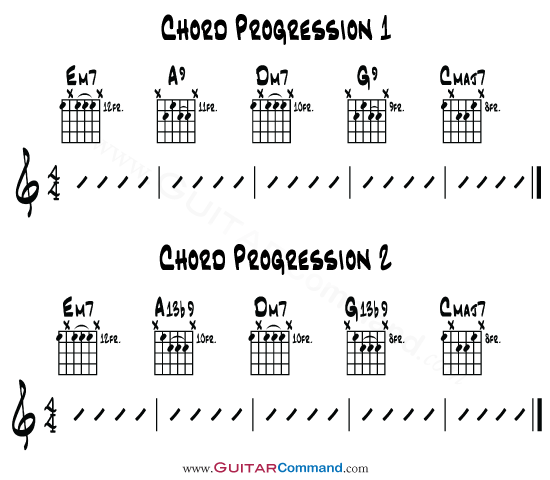
The chord dictionary normally resides in same folder as the ChordEase application, and if you're using the installed version of ChordEase, you may lack sufficient privileges to modify the dictionary file. It's also possible to edit the chord dictionary with an ordinary text editor such as Notepad, but you should familiarize yourself with the dictionary's syntax before attempting this, and you may encounter permissions problems as explained below. The recommended way to edit the chord dictionary is via the chord dictionary dialog, because it provides a convenient tabular interface and restricts you to syntactically correct choices. The empty symbol is normally reserved for the major triad. To create an empty symbol, use the special keyword NULL. Spaces are not permitted within chord symbols. Here's a sample alias, defining the symbol M7 to be the same as maj7:Ĭhord symbols may consist of any number of non-whitespace printable characters.

an alias can't refer to a symbol that hasn't been defined yet. Note that forward references are not permitted, i.e. These items must be separated by one or more spaces. An alias consists of a chord symbol, followed by an equals sign, followed by the chord symbol to which the alias refers. Here's a sample dictionary definition, defining the symbol maj7 as the Lydian mode of the major scale:Īliases let you equate a chord symbol with another chord symbol. The names of the scales and modes must be upper case, with words separated by underscores. Valid chord tone numbers range from 1 to 7. Each variation consists of a comma-separated list of chord tone numbers, enclosed in square brackets.


The name of the mode to use for this chord type.The name of the scale to use for this chord type.A definition must contain the following items, all separated by one or more spaces: Each line of the dictionary is either a definition, or an alias. The chord dictionary defines the chord types permitted in a song.


 0 kommentar(er)
0 kommentar(er)
